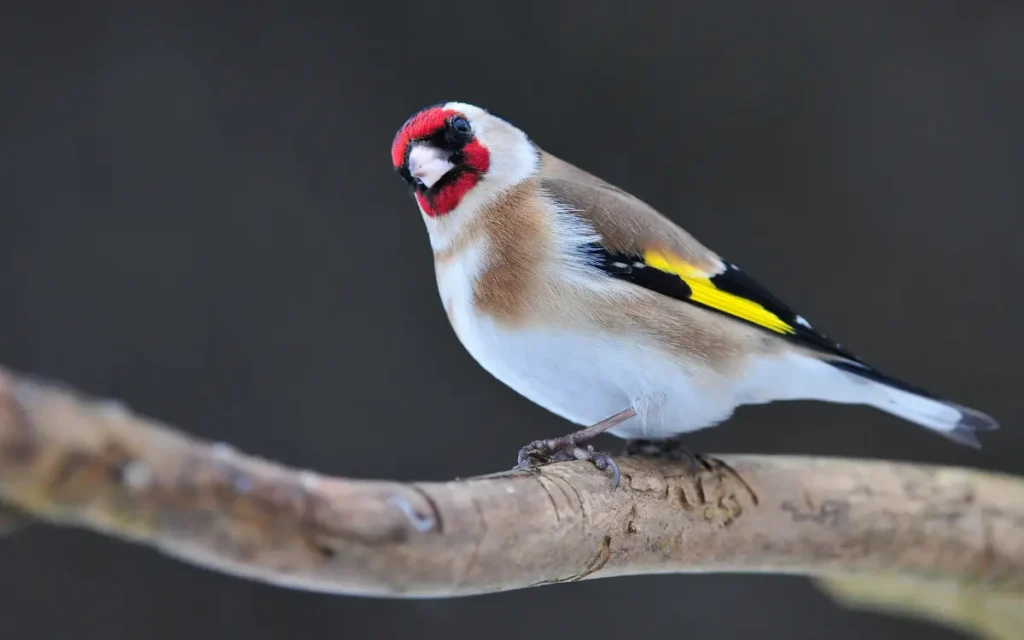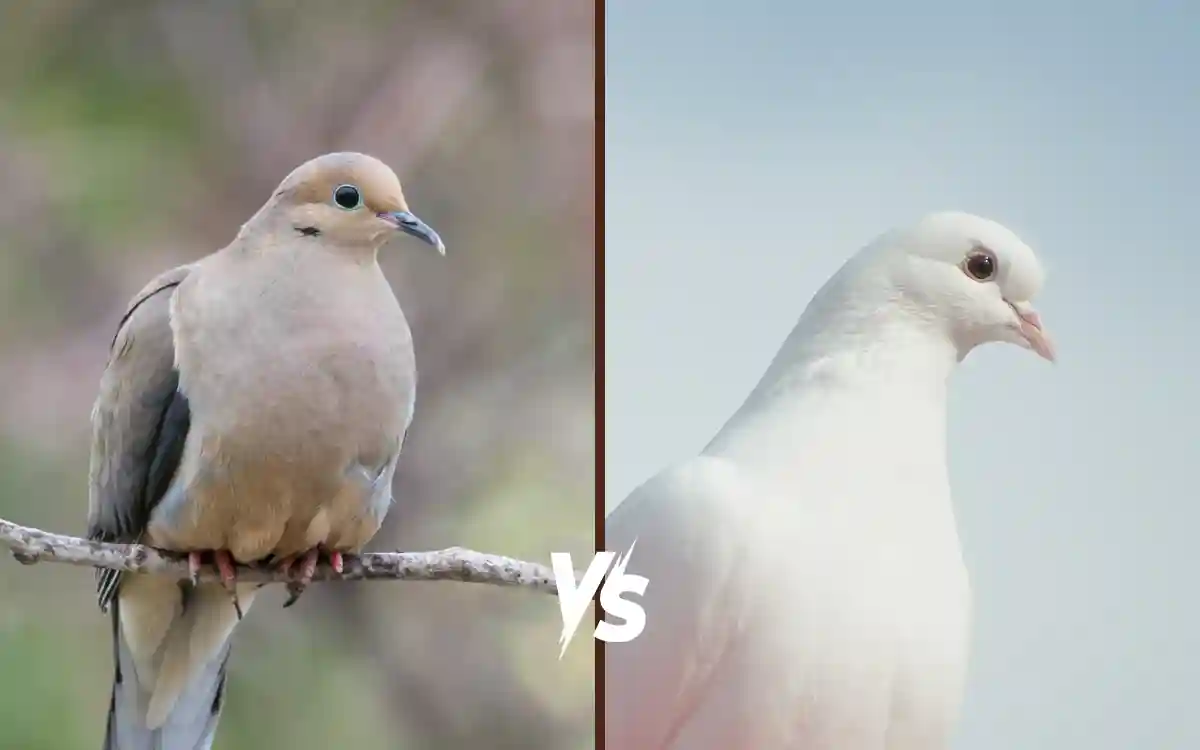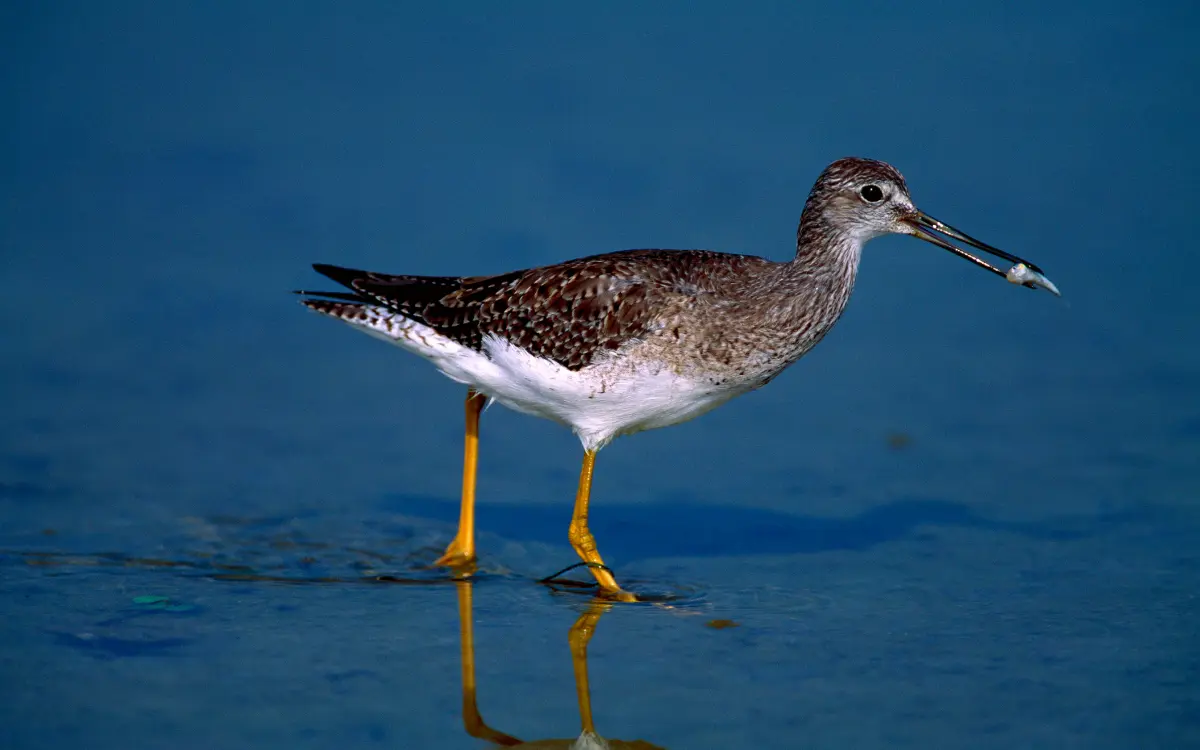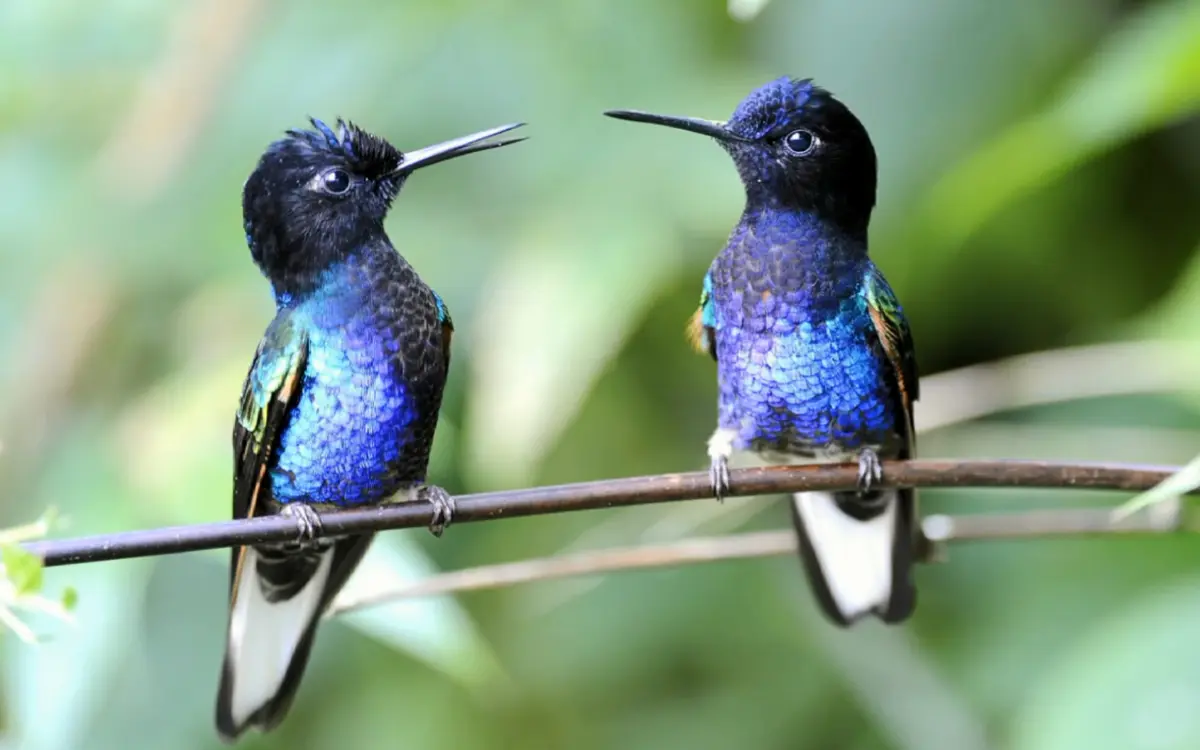How to Attract Goldfinches to Your Yard?
American Goldfinches are a delight to have in your yard. With their bright yellow feathers and cheerful songs, they bring a splash of color and joy to any garden.
Goldfinches also help control weed seeds, making them a beneficial addition to your yard’s ecosystem. Here’s how to make your yard a welcoming space for these beautiful birds.
Offer Goldfinch-Friendly Food
Goldfinches have specific food preferences, so providing the right foods will increase your chances of attracting them to your yard.
Nyjer (Thistle) Seed: Nyjer seed is one of the best foods for attracting goldfinches. These small, black seeds are high in oil and calories, perfect for providing the energy they need. You can offer nyjer in mesh feeders or “sock” feeders that goldfinches can cling to. Be sure to keep the seed fresh, as goldfinches are picky and may avoid stale seeds.
Sunflower Hearts: Goldfinches love sunflower hearts, which are easy for them to eat without the hard shell. They’re also a nutritious choice, rich in healthy fats and protein. You can offer sunflower hearts in tube feeders or sprinkle them on platform feeders. Avoid seeds with shells, as goldfinches tend to prefer the easier-to-eat hearts.
Seed Mixes with High-Quality Ingredients: Look for seed mixes that contain a high percentage of nyjer seed and sunflower hearts, with minimal filler ingredients. Filler seeds like wheat and milo are less attractive to goldfinches and are often left uneaten, leading to waste.
Avoid Cheap Seed Mixes: Cheaper seed mixes tend to contain a lot of filler seeds, which goldfinches typically ignore. Sticking to high-quality seeds ensures you’re providing food that goldfinches will actually eat, which makes your feeders more attractive to them.
Choose the Right Feeders
The type of feeder you use plays an important role in attracting goldfinches. They prefer feeders that make them feel safe and are easy for their small size.
Tube Feeders with Small Perches: Tube feeders are ideal for goldfinches. Look for models with small perches that accommodate their tiny feet and keep larger birds away. Tube feeders often have small feeding ports that are perfect for dispensing nyjer seed.
Mesh or Sock Feeders: Mesh feeders or “sock” feeders work especially well for offering nyjer seed. These feeders allow goldfinches to cling to the mesh while they feed, simulating their natural behavior of clinging to plants. Mesh feeders are also easy to refill and inexpensive.
Platform Feeders for Sunflower Hearts: Platform feeders are versatile and can hold sunflower hearts, which goldfinches enjoy. Place platform feeders in a safe, elevated spot with easy access for goldfinches. Keep an eye on platform feeders to ensure the food stays clean and dry.
Avoid Large or Open Feeders: Goldfinches prefer feeders that feel sheltered. Larger, open feeders can make them feel vulnerable to predators, so stick to feeders designed specifically for small songbirds.
Provide a Fresh Water Source
Goldfinches need access to fresh water for drinking and bathing, so providing a reliable water source can make your yard more attractive to them.
Birdbaths: A shallow birdbath is ideal for goldfinches, as they prefer shallow water where they can perch and bathe. Choose a birdbath that is 1–2 inches deep, with a gently sloping edge that allows easy access. Place the birdbath near trees or shrubs where goldfinches can perch after bathing.
Moving Water Features: Goldfinches are attracted to the sound of moving water, so consider adding a fountain, dripper, or water wiggler to your birdbath. Moving water stays fresh longer, which helps prevent algae growth and attracts a variety of birds.
Regular Water Maintenance: Keep the water clean by changing it frequently, especially in warm weather. Goldfinches, like most birds, are more likely to visit a clean and regularly refreshed water source.

Create a Safe Feeding Environment
Goldfinches are small birds and feel most comfortable in areas where they can easily spot potential threats. Creating a safe feeding environment is essential to attracting them.
Place Feeders Near Cover: Position your feeders near trees, shrubs, or other natural cover. This gives goldfinches a quick escape route if they sense danger. Placing feeders near cover also makes them feel more comfortable, as they can observe the area from a safe distance before approaching.
Keep Cats Indoors: Cats are a significant threat to small birds like goldfinches. If you have cats, keep them indoors to protect the birds. Alternatively, you can place feeders in elevated locations where cats cannot easily access them.
Use Squirrel Baffles: Squirrels can be disruptive at feeders and may scare away goldfinches. Add baffles to feeder poles to keep squirrels from reaching the food, or use squirrel-proof feeders. This will help ensure that goldfinches have uninterrupted access to their food.
Plant Goldfinch-Friendly Vegetation
In addition to feeders, natural vegetation provides goldfinches with food, shelter, and nesting sites. Native plants are especially beneficial.
Plant Native Flowers with Seed Heads: Flowers like coneflowers, sunflowers, and black-eyed Susans produce seeds that goldfinches love. Allow these plants to go to seed in late summer and fall, so goldfinches can forage naturally. These flowers also attract insects, providing a supplementary food source.
Include Thistle and Dandelions: Goldfinches are fond of thistle and dandelion seeds. Allow a small area of your yard to grow wild with these plants. Thistle and dandelion seeds are an important part of a goldfinch’s diet, especially during the breeding season.
Add Shrubs for Shelter and Nesting: Native shrubs like elderberry, dogwood, and serviceberry provide cover, food, and nesting options. Goldfinches are more likely to visit a yard that has plenty of sheltered spots where they feel safe.
Create a Naturalized Area: Leaving a section of your yard wild and unmanicured can attract more insects and offer natural feeding opportunities for goldfinches. This area also provides a more diverse habitat, which attracts a variety of birds and other wildlife.
Offer Nesting Materials
Providing nesting materials helps attract goldfinches, especially during the breeding season when they are building nests.
Provide Natural Fibers: Goldfinches use soft materials like cotton, pet fur, and short pieces of grass for nest-building. Place these materials in a small mesh bag or drape them over a tree branch, making them easily accessible for birds to gather.
Leave Fluffy Seed Heads: Goldfinches often use the downy seed heads from plants like milkweed and cattails to line their nests. By leaving these plants in your yard, you’ll provide a natural source of nesting material that goldfinches prefer.
Set Up Nesting Boxes Carefully: While goldfinches don’t commonly use birdhouses, placing open-top nest boxes or nesting baskets near dense foliage can provide additional shelter options. However, they typically prefer natural sites over artificial ones.
Maintain a Consistent Feeding Routine
Goldfinches are creatures of habit, so establishing a consistent feeding routine can help keep them coming back.
Feed at Regular Intervals: Set a regular schedule for refilling feeders. This allows goldfinches to learn when food is available, making them more likely to visit daily.
Keep Seed Fresh: Nyjer seed can spoil quickly in hot or humid weather, so check feeders often and replace old seed as needed. Fresh food will keep the goldfinches interested and attract them back to your yard.
Clean Feeders Often: To prevent mold and disease, clean feeders every few weeks. Use a mild soap and rinse thoroughly. Regular cleaning ensures a safe feeding environment for the goldfinches.
Be Patient and Observant
Goldfinches may take time to discover your yard, so patience is key. Once they know they can rely on your yard for food, water, and shelter, they’ll be regular visitors.
Attracting Goldfinches May Take Time: Goldfinches are migratory in some areas and may only visit at specific times of the year. Be patient and keep feeders stocked, as they’ll eventually discover your yard.
Adjust Based on Goldfinch Behavior: Observe how goldfinches interact with the feeders and environment. If they seem hesitant, try moving feeders to a different spot or offering different types of food.
Enjoy Their Bright Colors and Songs: Take time to appreciate these lovely birds and the natural beauty they bring. Watching their behavior can be a rewarding experience, from their vibrant colors to their charming songs and feeding habits.
Conclusion
Attracting goldfinches to your yard involves offering the right food, providing water, creating a safe environment, and planting goldfinch-friendly vegetation. By following these steps, you’ll create a welcoming space that not only supports local wildlife but also brings color and life to your yard. With patience and a little effort, you’ll soon enjoy the company of these beautiful birds throughout the year.






